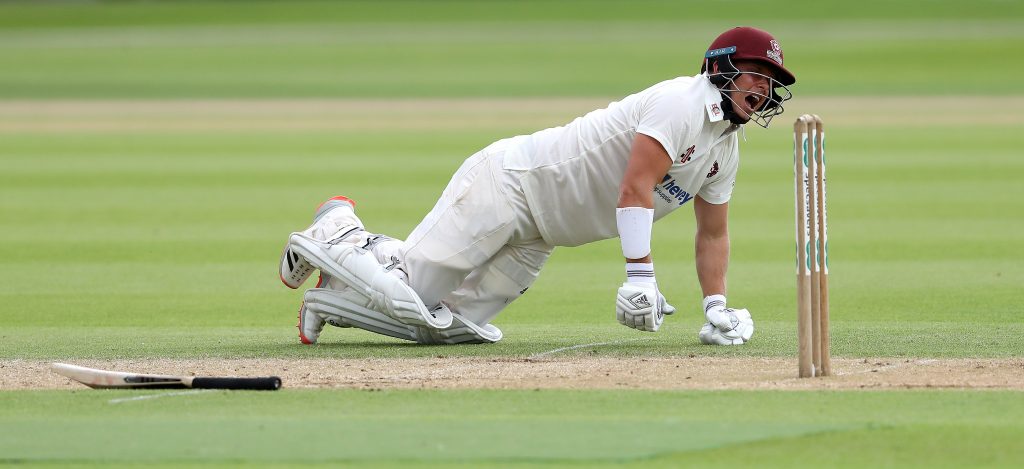Cricket grounds vary in proportion from great arenas, such as the principal playing area at Lord’s in London (5.5 acres [2.2 hectares]) and also the larger Melbourne Cricket Groundto village greens and little meadows. Amount turf of texture that is fine will be the ideal surface area, however at which this is inaccessible any man-made covered floor –including as for example coir (fibre) matting or synthetic turf onto a business foundation –may be properly used. The limits of this playing field tend to be marked by means of a border line or fence.
The the distance the bat, including the handle, must not exceed 38 inches (96.5 cm). Even the ball, that includes a core of cork built up using string, has been traditionally clothed in glossy crimson leather, although white is now commonly used, especially for night games. The halves of this ball are stitched using a increased seam (the seam currently being similar to the equator onto a planet, much enjoy the curved seam of the base ball or even tennis ball). Marginally smaller, harder, and thicker than the usual baseball, then it must weigh in between 5.5 and 5.75 ounces (156 and 163 grams) and quantify between 8.8 and 9 inches (22.4 and also 22.9 cm) in circumference. At early days of cricket it had been common to use precisely the exact same ball for a whole match, which allowed for pitches having more swerve and movement whilst the match wore on. Even today a cricket ball will remain in play for an whole day of the game, and, as the ball has got more used, it is increasingly more difficult going to on.
Cricket bat and ball
Cricket attire has evolved with men’s manner. More colourful dress has been common on the area in the 18th century, and only in the late 19th century did the uniform long associated with cricket series: white flannel trousers having a tee blouse and V-necked sweater, the blouse regularly trimmed with club colors. Players have worn out a myriad of apparel fashions, including top hats and straw hats, however in the 1880s the coloured cap grew to become the norm. White buckskin sneakers also became famous for adult men in the 1880s, and cricketers subsequently adopted the white shoes (known, however, as boots) that are worn with flannels. At a break with tradition, late 20th-century players begun to use brightly colored clothes to differentiate amongst teams on those grounds. From the 21stcentury the overriding outfit for cricket was a loose fitting polo top (possibly short- or long-sleeved) with matching pants and scattering cleats for grip.
Using the advent of fast bowling, cricketers embraced protective apparel. Even the batsman wears white pads (leg guards), an abdominal protector, and also batting gloves to safeguard the fingers; batsmen can also use helmets as well as other security. Even the wicket keeper also wears pads and reinforced gauntlets (one other fielders do not don gloves).
A wicket includes 2 stumps, or bets, every 28 inches (71.1 cm) high and of equal thickness (about 1.25 inches in diameter), stuck into the floor and so spaced that the ball can’t pass among them. 2 pieces of wood called bails, each 4.37 inches (11.1 cm) very long, lie in grooves on the shirts of the stumps. Even the bails don’t stretch past the stumps and do not work over half an inch . There are two of these wickets, which a batsman defends along with also a bowler attacks, plus they’re about in the centre of the ground, confronting yet another at each end of this pitch.
Lines of white-wash demarcate the creases at just about every wicket: that the bowling crease is actually a line drawn through the bottom of the stumps and extending 4.33 toes (1.32 metres) onto both sides of the centre stump; the return crease can be really a lineup at every end of and at right angles to the bowling crease, extending supporting the wicket; and the popping crease is actually a line parallel with all the bowling crease and 4 feet in the front of it. The bowling and reunite creases indicate the region where the bowler’s back foot must have been seated in bringing the exact ballthe popping crease( which will be sixty two ft (18.9 metres) from your opposing bowling crease, demarks that the batsman’s floor. If a batsman has been operating amongst wickets, the crease symbolizes the area in which he is”safe” (in base ball parlance) and only a cricketer’s bat want be from the crease; hence a batsman will frequently place just the tip of this bat over line of their crease and then begin to conduct for the alternative wicket.



